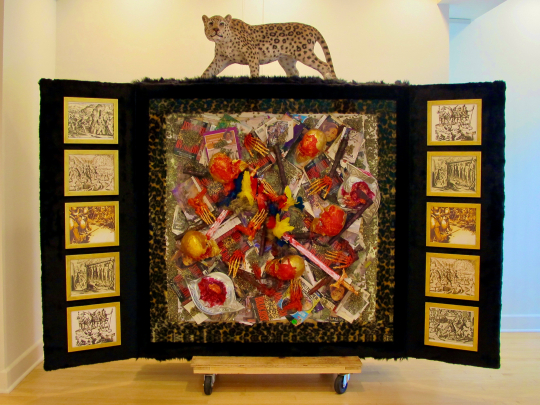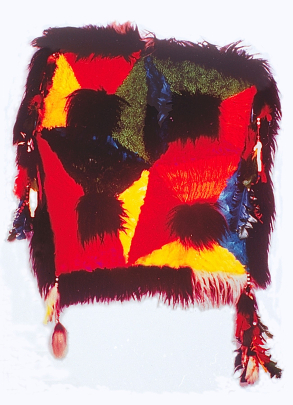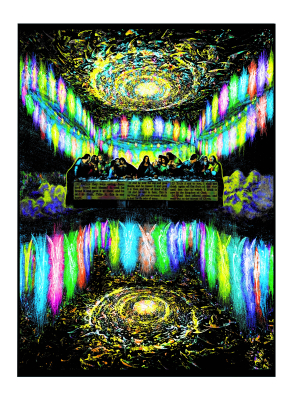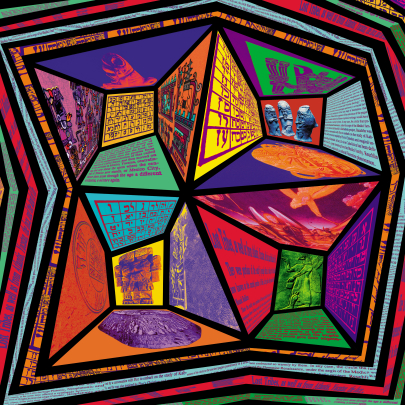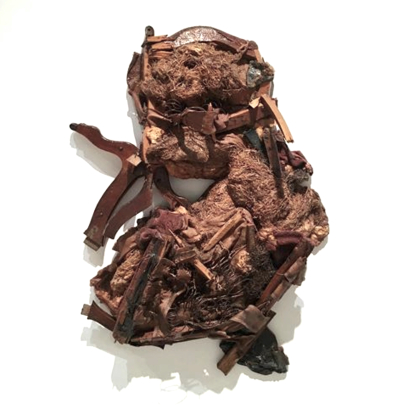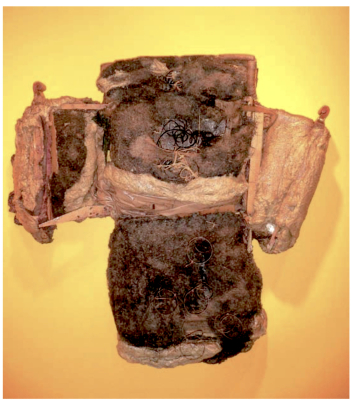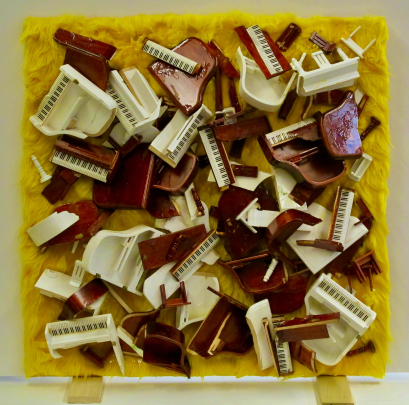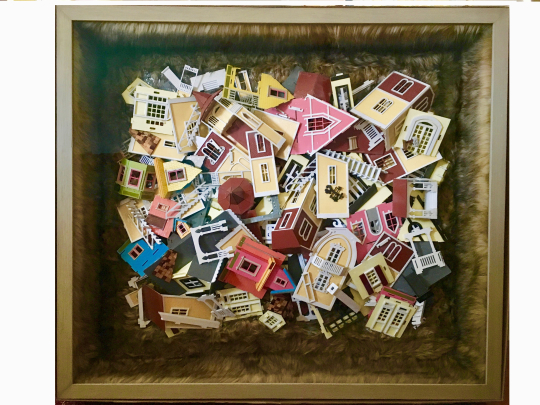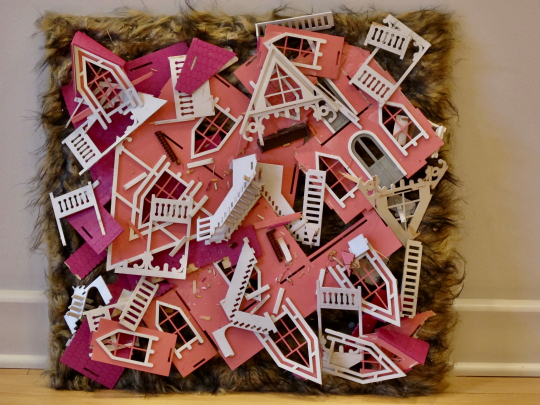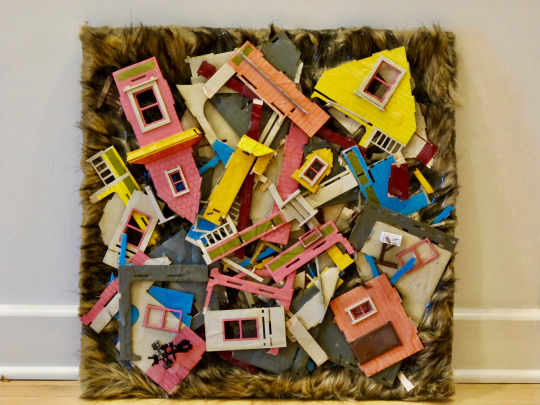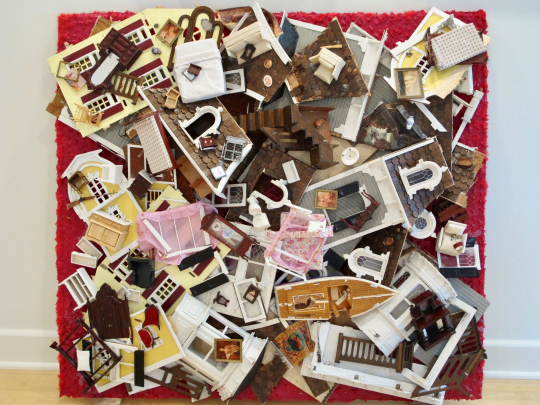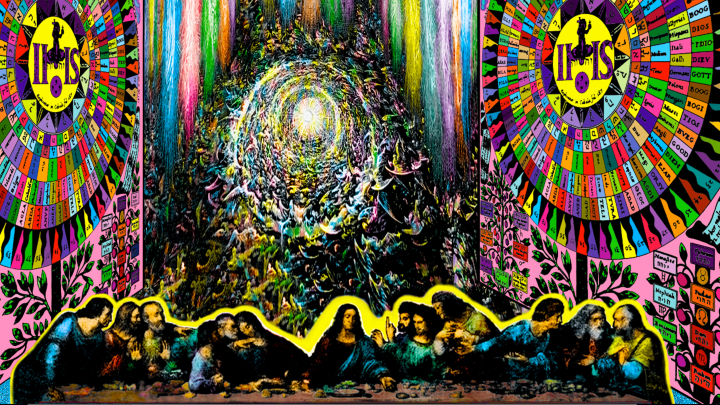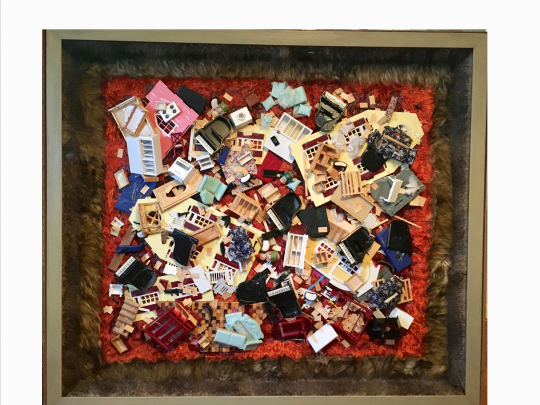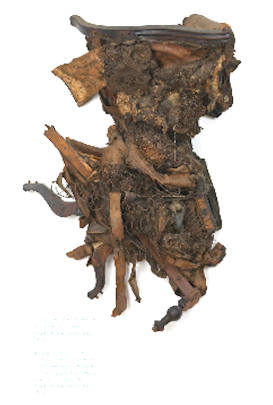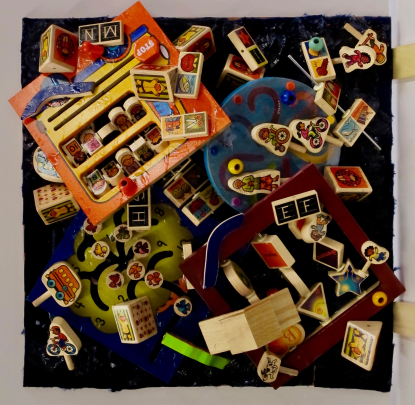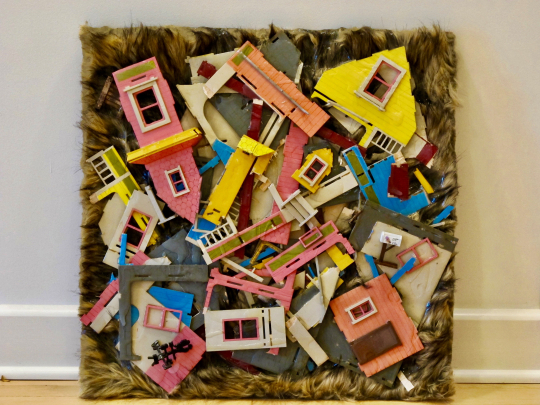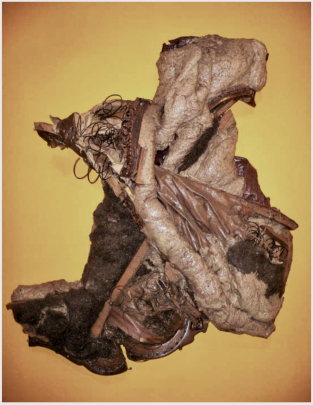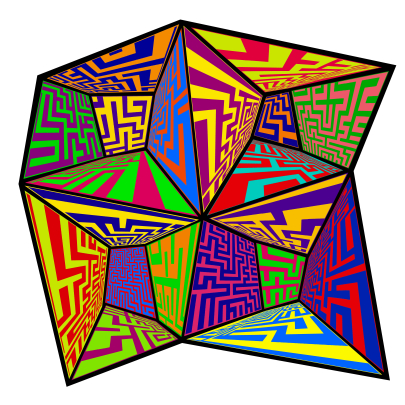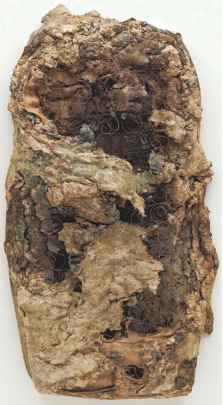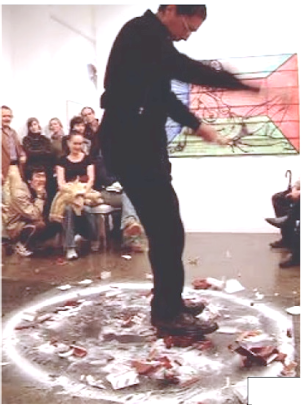Mason Gross Professor Receives Honors From Three Major Arts Institutions
Raphael Montañez Ortiz celebrates his 87th birthday as the art world celebrates his legacy
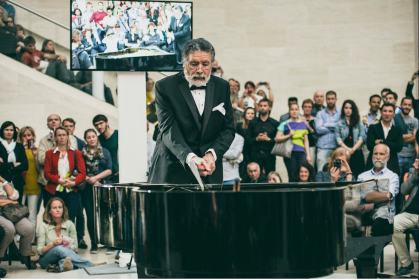
The performance and dis-assemblage artist Raphael Montañez Ortiz, a Distinguished Professor and the longest-serving Department of Art and Design faculty member at Rutgers University’s Mason Gross School of the Arts, has defined himself for more than a half-century as an avant-garde breaker of artistic boundaries.
Melding creation with destruction, making with unmaking, Ortiz has deftly turned the contemporary art world’s gaze from Europe to the Caribbean, while also maintaining a vibrant teaching practice, serving as a mentor to young artists and helping them chart their own paths.
This month, as he turns 87, Ortiz is having a moment: The Whitney Museum of American Art, as part of its Making Knowing: Craft in Art, 1950-2019 exhibit, is displaying his 1964 work Archaeological Find, which Ortiz made through a ritualized deconstruction of his living room couch. El Museo del Barrio, the museum he founded in 1969, collaborated in the publication of an extensive book on his life and work.
The Hirshhorn Museum and Sculpture Garden in Washington, D.C., is honoring Ortiz with a virtual Artist X Artist Salon, part of a series of events to highlight “the most important artists of our moment.” In 2013 the museum hosted one of the Dadaist piano destruction concerts for which Ortiz is best known; the remains of that piano are now installed in the Hirshhorn’s permanent collection. Examples of his piano destructions can be found in many YouTube videos.
The COVID-19 pandemic hasn’t slowed down Ortiz’s production of artwork. Having finished a cycle of works in 2019 and 2020 based on Indigenous Northwestern American potlatch traditions, Ortiz recently completed what he calls “my final work, my Guernica,” referring to the Pablo Picasso anti-war masterpiece.
Tears of the Indies, completed in early 2020, is a nine-foot-wide, eight-foot-tall assemblage that Ortiz crafted in his home as a memorial to his ancestors, the Taino and Arawak peoples, and their obliteration at the hands of Christopher Columbus and the Spanish conquistadors. It’s an arrangement of artificial skulls obtained through a scientific supply company; dented conquistador helmets, swords and tomahawks; the torn-out covers of books about the conquest of the Americas, including those written in the 1500s by the Spanish friar Bartolomé de las Casas who witnessed first-hand the atrocities committed by the conquistadors; a sacred feather headdress and totemic faux jaguar fur; all surrounded by contemporary engravings of armor-clad Europeans slaughtering Indigenous people.
These latest works may seem different from those that have secured Ortiz’s place in art history, from his Deconstructionist films of 1957-61 and Computer Scratched Films of the 1980s and 1990s, which appropriate and manipulate parts of Hollywood movies and are now in the permanent collection of the Smithsonian Archives of American Art; to the 1966 event in which he used a hatchet to destroy a piano before a rapt London crowd. A founder of the Destructivist movement, Ortiz has performed dozens of deconstructions of household items such as pianos and sofas for his sculptures in museum collections worldwide.
Ortiz, a recipient of the UCLA Medal, was an MFA student in the 1960s when Richard Huelsenbeck, a founder of the Dada movement, saw an exhibit of his deconstructed furniture sculptures and introduced him to the Museum of Modern Art’s founding director, Alfred Barr – resulting in Barr and Ortiz carrying a sculpture Ortiz had created from his own mattress, and which became part of MoMA’s permanent collection.
His other works are at the Whitney Museum of American Art, the Georges Pompidou Musée National d’Art Moderne in Paris and the Tate Museum in London. El Museo del Barrio, which he founded shortly before joining Rutgers, has become a fixture of New York City’s Museum Mile with more than 8,000 works in its collection.
Ortiz describes his Destructivist works as shamanistic acts of sacrifice. For Ortiz, art is not the “thing” that gets made, but the process of creative destruction. It is an intensely spiritual, intellectual and emotional act of purifying the world’s traumas and reconciling with God.
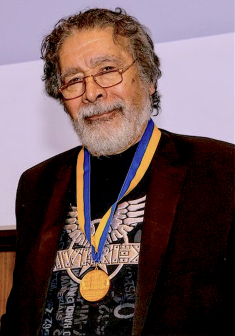
Born in Brooklyn to parents who came to New York from Puerto Rico, Ortiz speaks often of his rich heritage – Puerto Rican, Mexican, Indigenous by way of the Taino and Arawak as well as the Yaqui of Mexico, Spanish, Irish and Portuguese – and his Spanish-speaking parents’ insistence that he and his sister embrace every educational and professional opportunity on the mainland.
As he built his artistic legacy, Ortiz worked as an educator. He joined the Rutgers faculty in 1971, teaching visual art and Puerto Rican studies for five years before Mason Gross was established. Before that, he worked as a primary school teacher in New York City’s Spanish Harlem, where he founded El Museo del Barrio as a response to parents’ desire for their children to understand and respect their Latin American, Indigenous, European and African heritage.
His former student Basia Goszczynska, a sculptor, installation and social practice artist and 2016 Mason Gross MFA graduate, still considers Ortiz a mentor. She said he helped her find a deeper understanding of her own artistic drives and gave her helpful practical advice on how to represent herself as a professional artist beyond grad school.
“He helped me think about the childhood experiences that influence the way I go about collecting materials,” Goszczynska said. “I have a fascination for things that are often seen as waste products; I can’t avoid paying attention to litter. Raphael asked questions that helped me see why I am attuned to these things. My parents emigrated from Poland with very little and put a great value on mending things, fixing things, being thrifty. So objects that are often seen as abject, I see as potentially valuable.”
